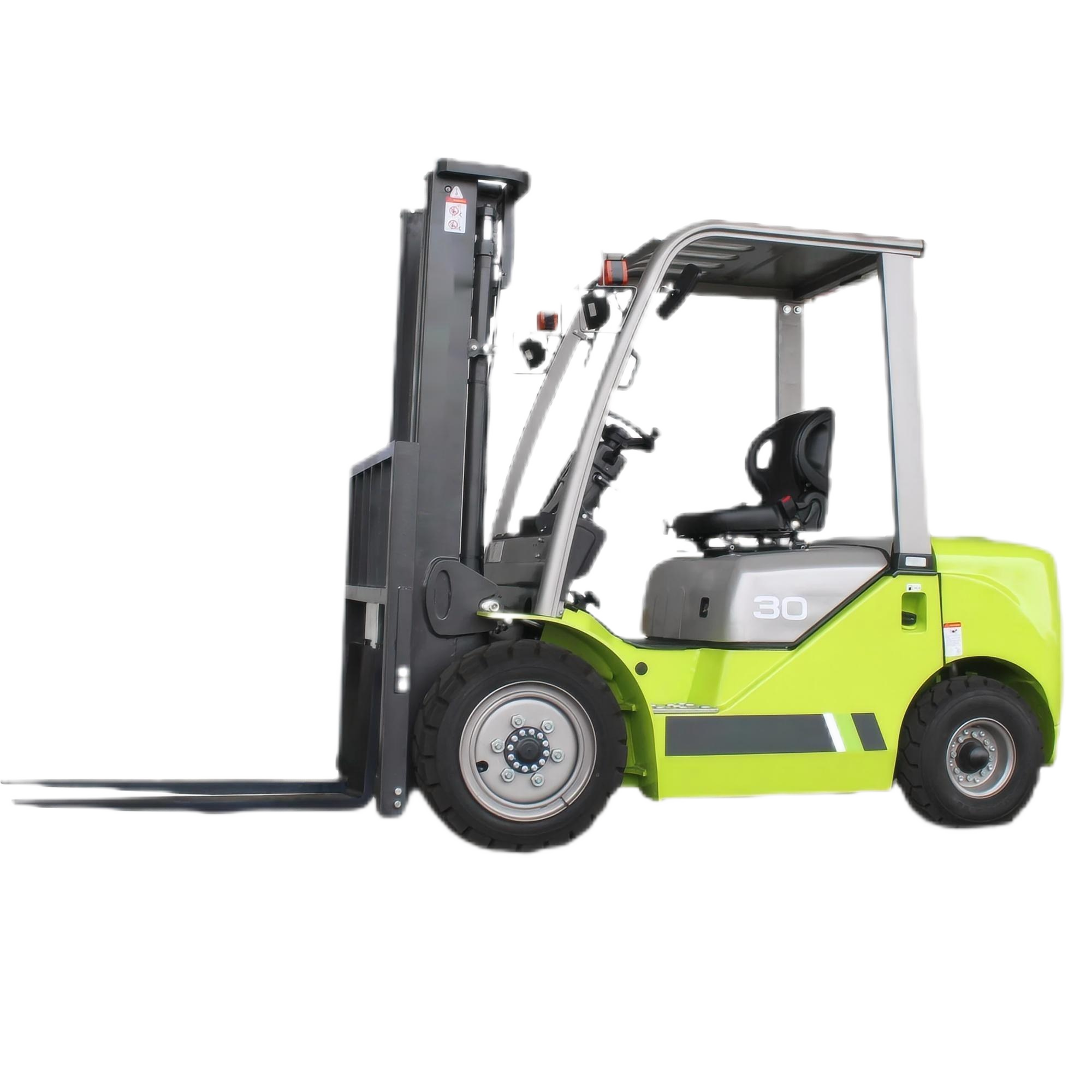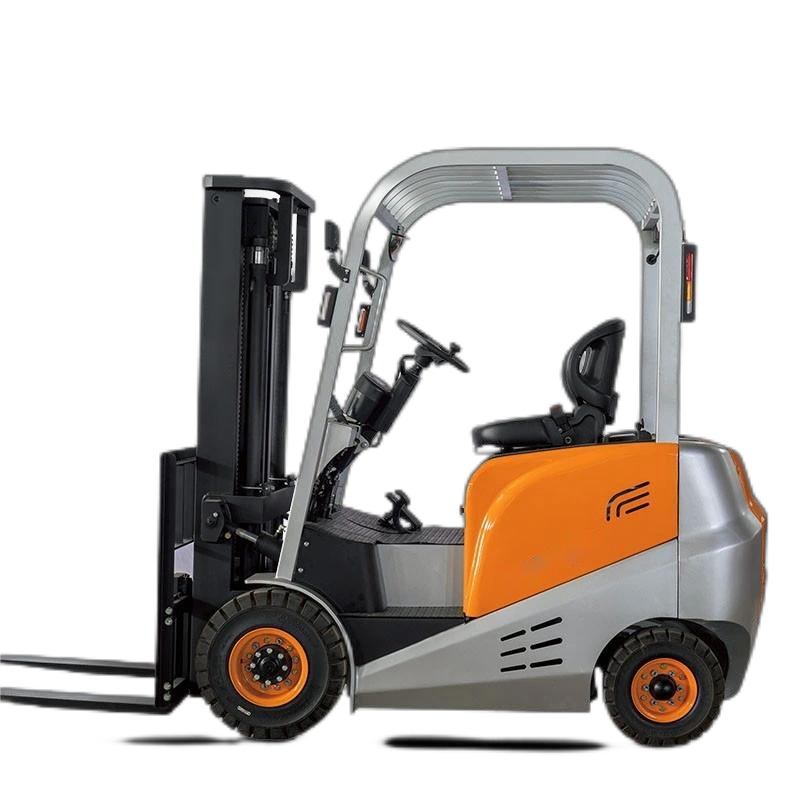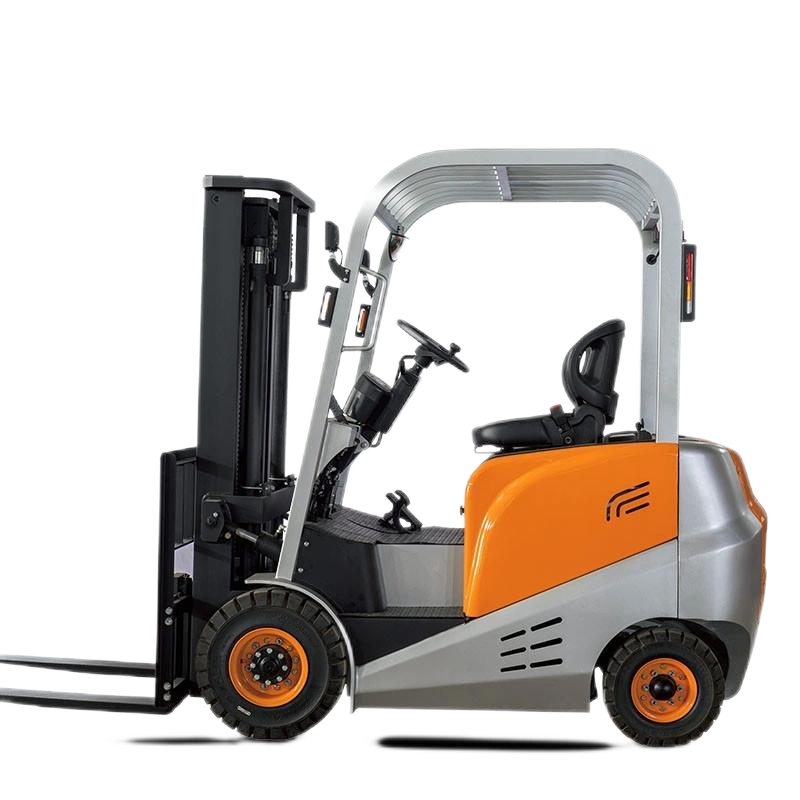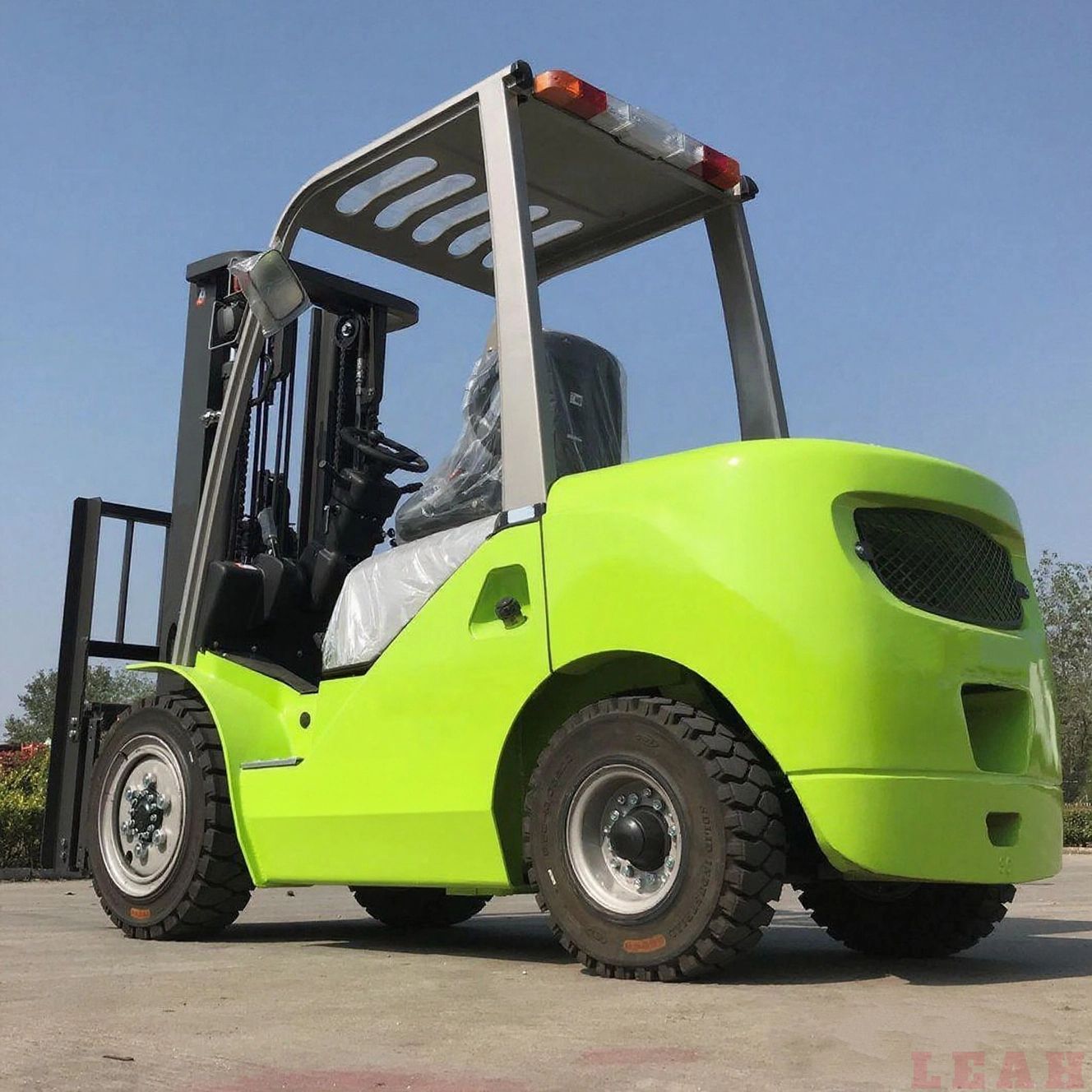Electric Forklift Battery Maintenance: A Comprehensive Guide
Proper maintenance of electric forklift batteries is critical to extending their lifespan (typically 3-5 years with good care), ensuring consistent performance, reducing operational costs, and minimizing safety risks. Below is a detailed breakdown of maintenance practices, categorized by key stages and tasks.
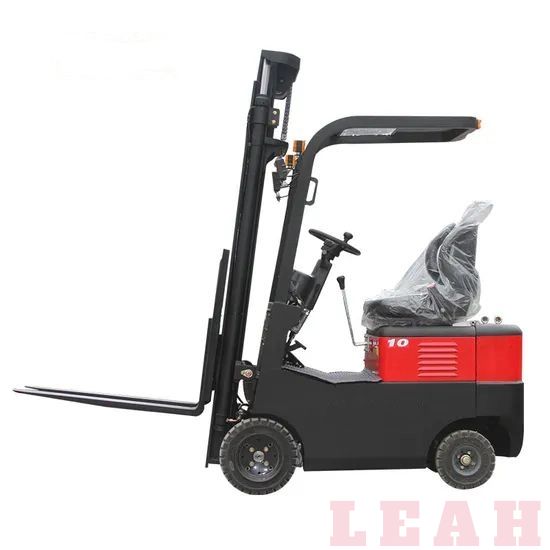
1. Daily Maintenance: Preventive Checks
Daily inspections are the foundation of battery health—they catch minor issues before they escalate. Perform these tasks before and after each shift (or at least once daily for single-shift operations):
| Task | Specific Requirements | Purpose |
|---|---|---|
| Visual Inspection | - Check for physical damage: cracks, leaks (acid or water), bulging, or loose terminals. - Ensure the battery cover is intact and properly secured. - Verify cables are not frayed, worn, or disconnected. | Prevent acid leaks (which corrode parts) and electrical failures. |
| Terminal & Connection Check | - Inspect terminals (posts) for corrosion (white/greenish buildup). - Ensure connections are tight (use a wrench to gently test—loose connections cause heat and power loss). | Maintain efficient electrical flow; corrosion increases resistance and reduces battery output. |
| Electrolyte Level Check (Flooded Lead-Acid Batteries Only) | - Remove cell caps (never open while charging). - Electrolyte should cover the battery plates by 1/4 to 1/2 inch (6-13 mm). - If low, add distilled water only (tap water contains minerals that damage plates). | Prevent plate damage (exposed plates oxidize and fail) and ensure proper chemical reactions. |
| Battery Temperature Check | - Touch the battery case (or use an infrared thermometer) to check for overheating (abnormally hot to the touch). - Normal operating temperature: 60-95°F (15-35°C). | Overheating accelerates battery degradation and increases fire risk. |
| Charge Status Verification | - Check the forklift’s battery gauge (or use a hydrometer for flooded batteries) to ensure charge level is above 20% (never let it drop below 20%—deep discharge shortens lifespan). | Avoid deep discharge, which permanently damages lead-acid batteries. |
2. Charging Maintenance: Do’s and Don’ts
Charging is the most critical stage for battery longevity—incorrect charging is the #1 cause of premature battery failure. Follow these rules strictly:
A. Pre-Charging Checks
- Cool the battery first: If the battery is hot (from heavy use), let it cool to 95°F (35°C) or below before charging. Charging a hot battery causes "thermal runaway" (excessive heat, gas, and plate damage).
- Clean the charging area: Ensure the charger, cables, and battery terminals are free of dirt, oil, or debris (contaminants cause short circuits).
- Inspect charger compatibility: Use only the charger specified by the forklift/battery manufacturer. Mismatched voltage (e.g., 24V charger for a 36V battery) destroys the battery.
B. During Charging
- Charge to full capacity: Never stop charging early (e.g., "top off" for a quick shift). Most lead-acid batteries require 8-10 hours to reach 100% charge—interrupting this causes "memory effect" (reduced capacity over time).
- Avoid overcharging: Once fully charged, disconnect the charger within 1-2 hours. Overcharging generates excess gas (hydrogen and oxygen) and boils off electrolyte, damaging plates.
- Ventilate the area: Charging produces explosive hydrogen gas. Ensure the charging space has proper ventilation (e.g., exhaust fans, open windows) and no open flames, sparks, or smoking.
- Monitor temperature: Check the battery and charger every 2 hours—if either becomes excessively hot (over 110°F/43°C), stop charging and let cool.
C. Post-Charging
- Check electrolyte levels (flooded batteries): Charging evaporates water—top up with distilled water if levels are low (wait 30 minutes after charging for electrolyte to settle).
- Clean terminals: Wipe terminals with a damp cloth (use a baking soda solution—1 tbsp baking soda + 1 cup water—to remove corrosion, then rinse with water).
- Disconnect safely: Turn off the charger first, then remove the charging plugs (never pull plugs by the cable—this damages connections).
3. Weekly/Monthly Maintenance: Deep Care
Perform these tasks once a week (for heavy-use forklifts) or once a month (light use) to address long-term wear:
A. Deep Cleaning
- Battery case: Wipe down the entire battery with a mild detergent and water to remove oil, grease, or acid spills. Avoid high-pressure washers—water can seep into cells.
- Terminals and cables: Use a wire brush (or terminal cleaner tool) to remove corrosion from terminals. After cleaning, apply a thin layer of petroleum jelly or terminal protector to prevent future corrosion.
- Cell caps (flooded batteries): Remove and clean caps with soapy water—ensure vents are not clogged (clogged vents cause pressure buildup and cell rupture).
B. Capacity Testing
- Hydrometer test (flooded batteries): Draw electrolyte from each cell with a hydrometer and measure its specific gravity (SG). A healthy battery has an SG of 1.260-1.280 at 80°F (27°C). If SG varies by more than 0.020 between cells, the battery is failing.
- Load test (all battery types): Use a battery load tester to check how the battery performs under current. A drop in voltage (e.g., below 18V for a 24V battery) during testing indicates reduced capacity.
C. Cable and Connector Inspection
- Check charging cables and forklift battery cables for signs of wear (e.g., cracked insulation, exposed wires). Replace damaged cables immediately—exposed wires cause short circuits and fires.
- Tighten loose connectors with a torque wrench (follow manufacturer specs—over-tightening strips terminals).
4. Seasonal Maintenance: Adapt to Weather
Extreme temperatures damage batteries—adjust maintenance for summer and winter:
| Season | Key Maintenance Tasks |
|---|---|
| Summer (Hot Weather) | - Increase electrolyte checks to twice a week (heat accelerates evaporation). - Charge during cooler hours (e.g., night) to avoid overheating. - Keep the battery away from direct sunlight (park forklifts in shaded areas). |
| Winter (Cold Weather) | - Store batteries in a heated area (above 32°F/0°C) if the forklift is not used for more than 2 days—cold temperatures freeze electrolyte and crack cells. - Charge more frequently (cold reduces capacity—batteries drain faster). - Warm the battery to 50°F (10°C) before charging (cold charging is inefficient and damages plates). |
5. Safety Precautions
Electric forklift batteries (especially lead-acid) pose risks of acid burns, electrical shocks, and explosions. Always follow these safety rules:
- Wear PPE: Use acid-resistant gloves, safety glasses, and a face shield when handling batteries or electrolyte.
- Handle with care: Never drop or tip the battery—spilled acid causes severe burns and equipment damage.
- Store properly: If storing a battery for more than 2 weeks, charge it to 80% first, then store in a cool (60-75°F/15-24°C), dry area. Check charge level monthly and recharge if it drops below 50%.
- Dispose of safely: When the battery reaches end-of-life (e.g., capacity drops to 70% of original), recycle it at a certified facility (lead-acid batteries are hazardous waste—never throw in regular trash).
6. Common Mistakes to Avoid
- Using tap water instead of distilled water: Minerals in tap water (calcium, magnesium) coat battery plates and reduce capacity.
- Ignoring small leaks: Even a tiny acid leak corrodes forklift components (e.g., frames, wiring) over time.
- Mixing battery types: Never replace a flooded lead-acid battery with a lithium-ion battery (or vice versa) without modifying the forklift’s electrical system—this causes permanent damage.
- Skipping maintenance for "new" batteries: New batteries need the same care as older ones—neglecting early maintenance shortens their lifespan by 2-3 years.
By following this maintenance plan, you can maximize the battery’s lifespan, reduce downtime, and ensure safe, reliable operation of your electric forklift. Always refer to the manufacturer’s manual for model-specific guidelines (e.g., lithium-ion batteries have different charging requirements than flooded lead-acid).





